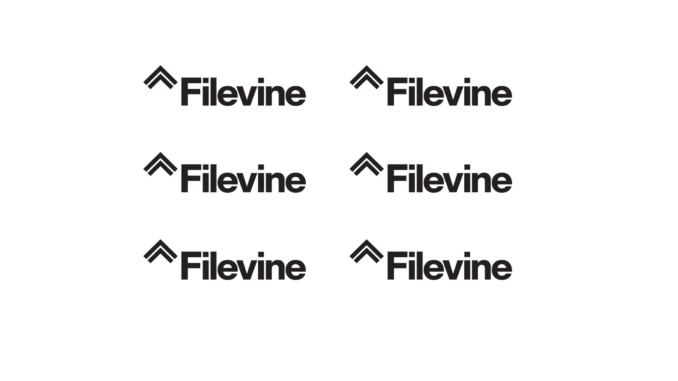
Filevine, the legal work platform, has launched .vine, which it calls ‘the first document format designed for legal drafting’ and that will replace ‘Microsoft Word and Google Docs’. Fighting talk from Filevine…!
The new .vine format powers the Filevine Document Assembly tool, a document generation system that auto-populates data, clauses and other information stored in Filevine to accelerate legal document generation and ensure accuracy, they explained.
They continued: ‘By inventing a new document format and assembly tool for legal documents, Filevine aims to make the drafting process faster, less tedious and more accurate. Teams in Mass Tort, Personal Injury, Immigration, and Corporate Legal will especially benefit from dynamic .vine files and the Document Assembly tool. Combined, they enable users to:
- ‘Auto-populate data stored anywhere in Filevine. This includes names, dates, tables, expenses, company holdings, saved clauses, and more.
- Bidirectionally sync data, meaning that changes to data in a .vine document automatically update data in the Filevine database, and likewise, changes in the Filevine database are automatically pushed to .vine documents.
- Use conditional logic so that .vine templates adapt to multiple contingencies. For example, conditional logic can automatically change language in a letter to an insurance company based on the insurance type (Liability, UIM, No-Fault, etc.).
- Make redlines and comments to facilitate contextual feedback and accurate edits.
- Securely store and share documents with clients, colleagues, and co-counsel. A .vine can be viewed in any web browser or exported as a docx or pdf.’
All well and good, but why do this? Why do we need a new format? Doesn’t the legal world work OK as it is?
Ryan Anderson, CEO at Filevine, explained: ‘We believe that Document Assembly and .vine will become the new standard in the legal industry, replacing word processors that are ill-equipped for the job.
‘Fundamentally, legal work is about producing and exchanging complex documents. By bringing this task into our platform—and connecting it to all the case data Filevine collects—we’re enabling legal teams to streamline a crucial part of their work.’
The company added that: ‘Since the 1990s, most legal teams have relied on Microsoft Word to draft documents. This legacy technology drove a wedge between case management systems where teams collect data and the document management systems where they store and edit Word Docs.
‘Typically, teams must copy-paste everything from names and dates to company holdings and expenses from their case management system to documents. After acquiring the contract lifecycle management system, Outlaw, in 2021, Filevine recognized an opportunity to utilize Outlaw’s drafting technology to improve on legacy word processors and static document formats.’
Meanwhile Outlaw’s CTO and Co-founder, Evan Schneyer, (Filevine bought Outlaw last year), added: ‘In 2017, when we set out to create a new word processor and doc format from scratch, we focused on contracts because they’re harder than other legal scenarios in terms of workflow, content structure, negotiation/redlining, permissions and version control.
‘We had the sense that if we could solve these problems in the contract space, we could solve them anywhere. And now, the .vine format represents the extension of Outlaw’s market-proven contracting technology to add loads of formatting capabilities that are mission-critical in a broader legal context: firm-specific headers & branding, pleading lines, captions and much more.’
Well, there you go, much as this sounds like a sensible idea, the reality is that how many major corporations are going to move to a totally new doc format? Hmmm….tricky. But, let’s see.
Just went to Filevine to see costs, but a potential user must sign up to find out pricing. And, ironically, the sign up page does not accept autofill. Not a good start.
Hi Kirk!
Thanks for letting us know. This issue is being addressed right now.
We will be having someone from our team reaching out to you to get you the information you need.
Thanks!
Is this format open source? Is it documented? Last thing I want to deal with is a proprietary file format.
I think this has a lot of potential for success but to be widely accepted into the community it would have to be an open source format and ideally not tied to a corporate entity. Historically there has been most success in formats when collaboration occurs.